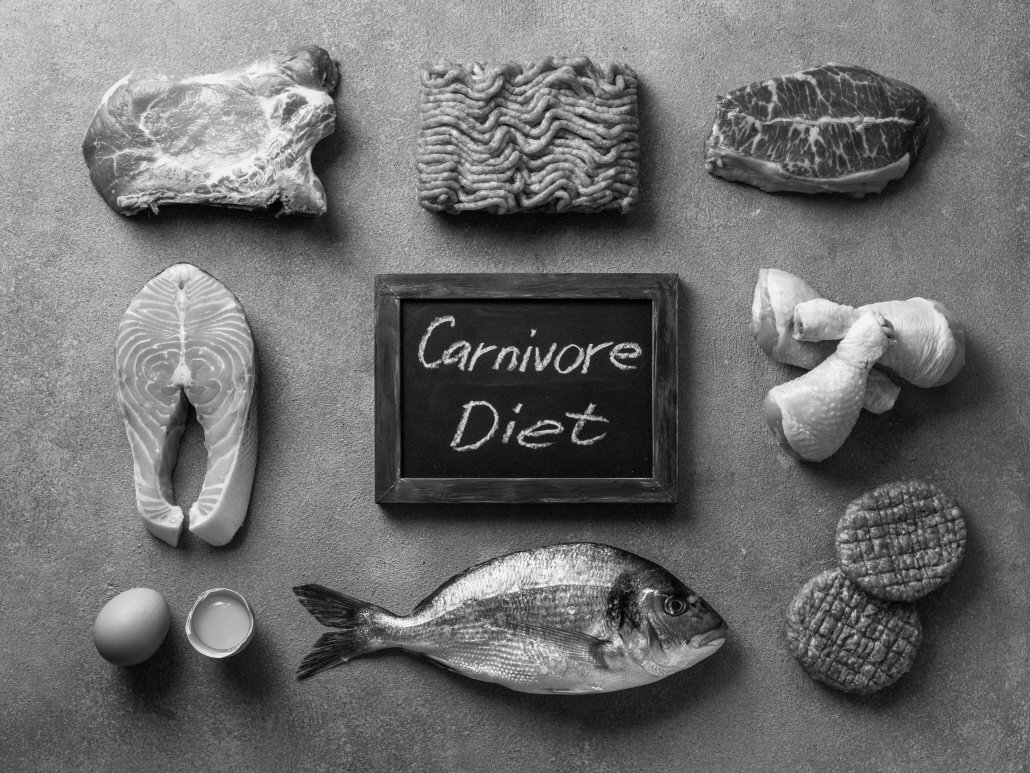
Is The Carnivore Diet Healthy?
The carnivore diet, which consists exclusively of animal products like meat, fish, eggs, and some dairy, has garnered attention for its radical approach to eating. Advocates claim it leads to weight loss, improved mental clarity, and better overall health. However, the question remains: Is the carnivore diet truly healthy?
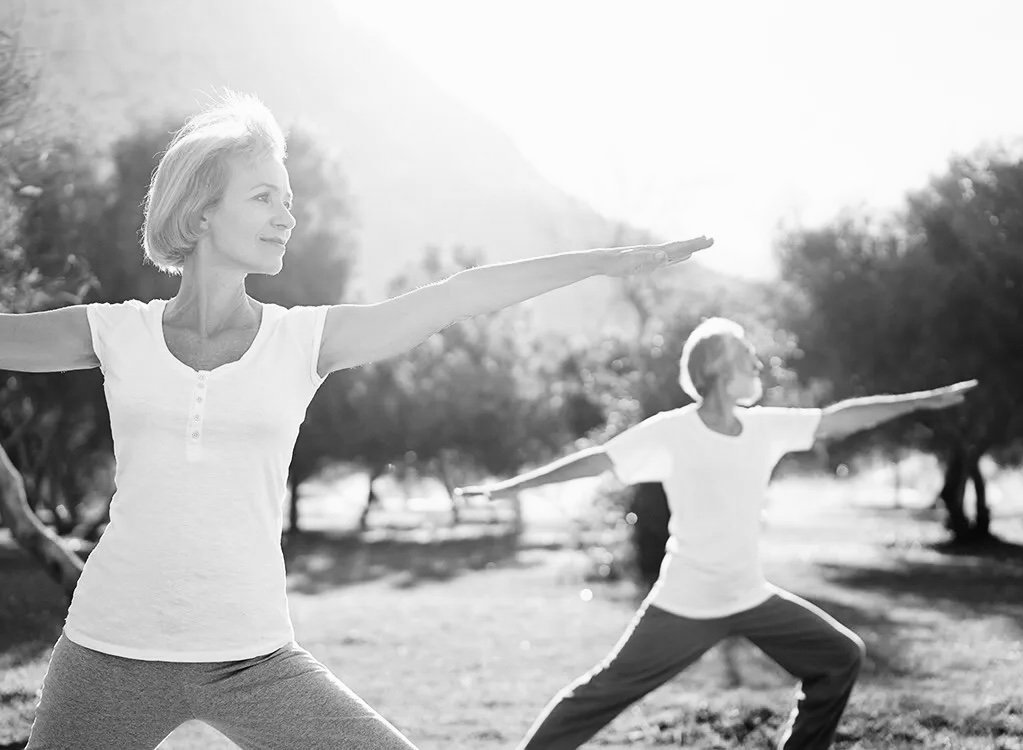
Does Your Metabolism Slow Down as We Age?
Aging is an inevitable part of life, and with it comes a variety of physical changes, one of the most commonly discussed being the slowing down of metabolism. But how much of this is true? Does our metabolism actually slow down as we age, or is it more of a myth shaped by lifestyle changes and external factors?
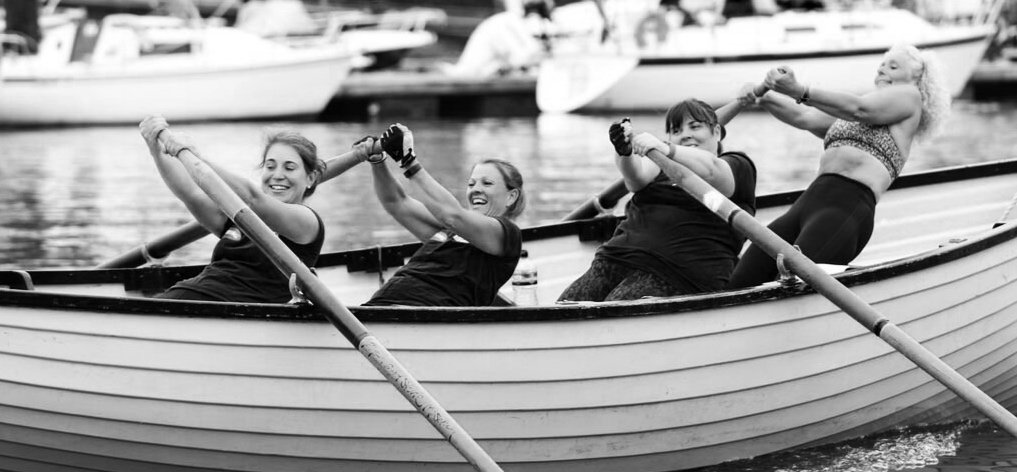
The Benefits of Gig Rowing For Older Adults
As we age, staying active becomes crucial for maintaining physical and mental well-being. For older athletes seeking a challenging yet rewarding activity, gig rowing offers an excellent opportunity. Gig rowing, a traditional sport involving teams of rowers propelling large wooden boats (often referred to as "gigs"), has grown in popularity not only for its historical charm but also for its extensive health benefits. Here are some of the key reasons why gig rowing is an ideal sport for older athletes.
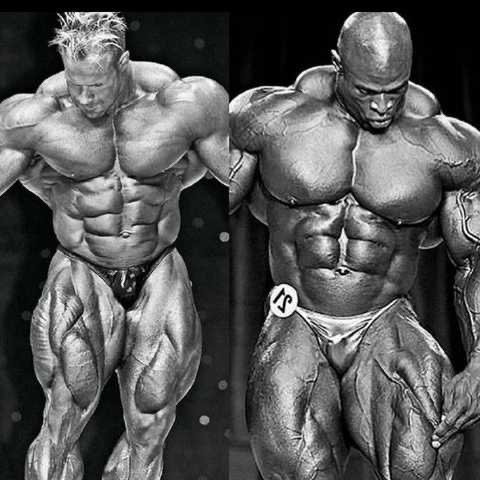
How Pro Bodybuilders Turn Into Mass Monsters!
Professional bodybuilders often use complex and high-dosage anabolic steroid cycles, which are usually tailored to their specific goals, whether it’s bulking, cutting, or preparing for a competition. These cycles often involve a combination of multiple steroids, including both oral and injectable compounds, along with other performance-enhancing drugs (PEDs) like human growth hormone (HGH), insulin, and thyroid hormones.
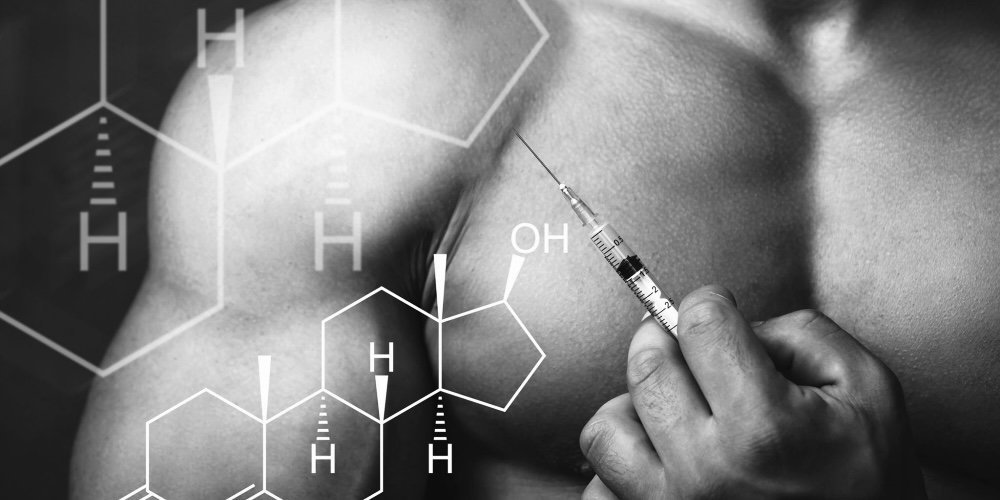
Testosterone Replacement Therapy (TRT)
Testosterone Replacement Therapy (TRT) has emerged as a popular treatment option for older men experiencing symptoms of low testosterone, a condition known as hypogonadism. As men age, their testosterone levels naturally decline, which can lead to a range of physical, emotional, and cognitive issues. TRT aims to restore these levels to a more youthful range, offering a variety of benefits that can significantly enhance the quality of life for older men.
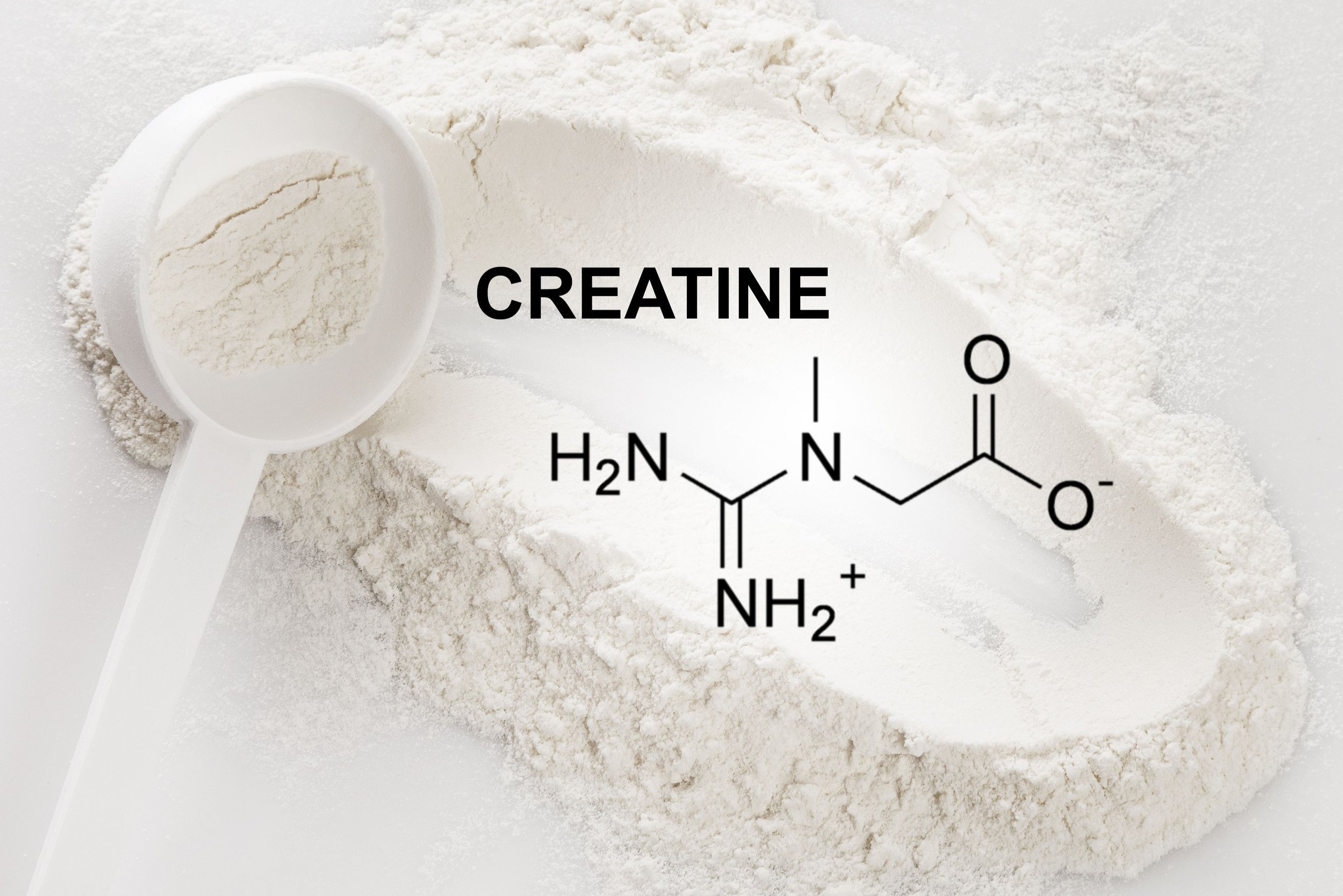
Creatine for Older Adults
Creatine is widely recognized as a supplement that enhances athletic performance, but its benefits extend far beyond the gym. For older adults, creatine supplementation offers significant advantages in preserving muscle mass, enhancing cognitive function, and supporting overall health.
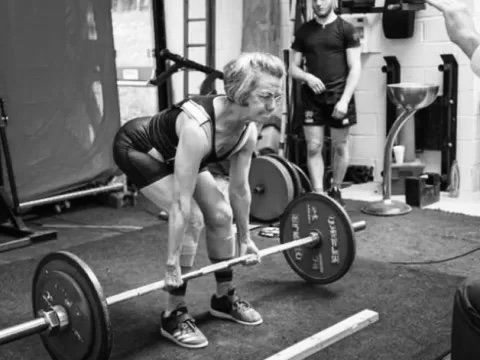
Why Older Adults Should Deadlift
While traditional forms of strength training, such as weightlifting, may seem intimidating or risky, deadlifting can be a safe and effective form of strength training for older adults.
Deadlifting is a compound exercise that primarily targets the muscles of the lower body, including the hamstrings, glutes, and quadriceps. By performing deadlifts, senior adults can maintain and improve their strength, which can have numerous benefits for overall health and well-being. Additionally, deadlifting can help improve posture and balance, reduce the risk of falls and injuries, and even improve bone density, reducing the risk of osteoporosis and fractures.
Overall, the benefits of deadlifting for older adults are numerous and significant. While it may seem daunting to begin a new exercise regimen, particularly if one has never engaged in strength training before, deadlifting can be a safe and effective way to improve overall health and maintain independence as one ages. In the following sections, we will explore the specific benefits of deadlifting for older adults in greater detail.
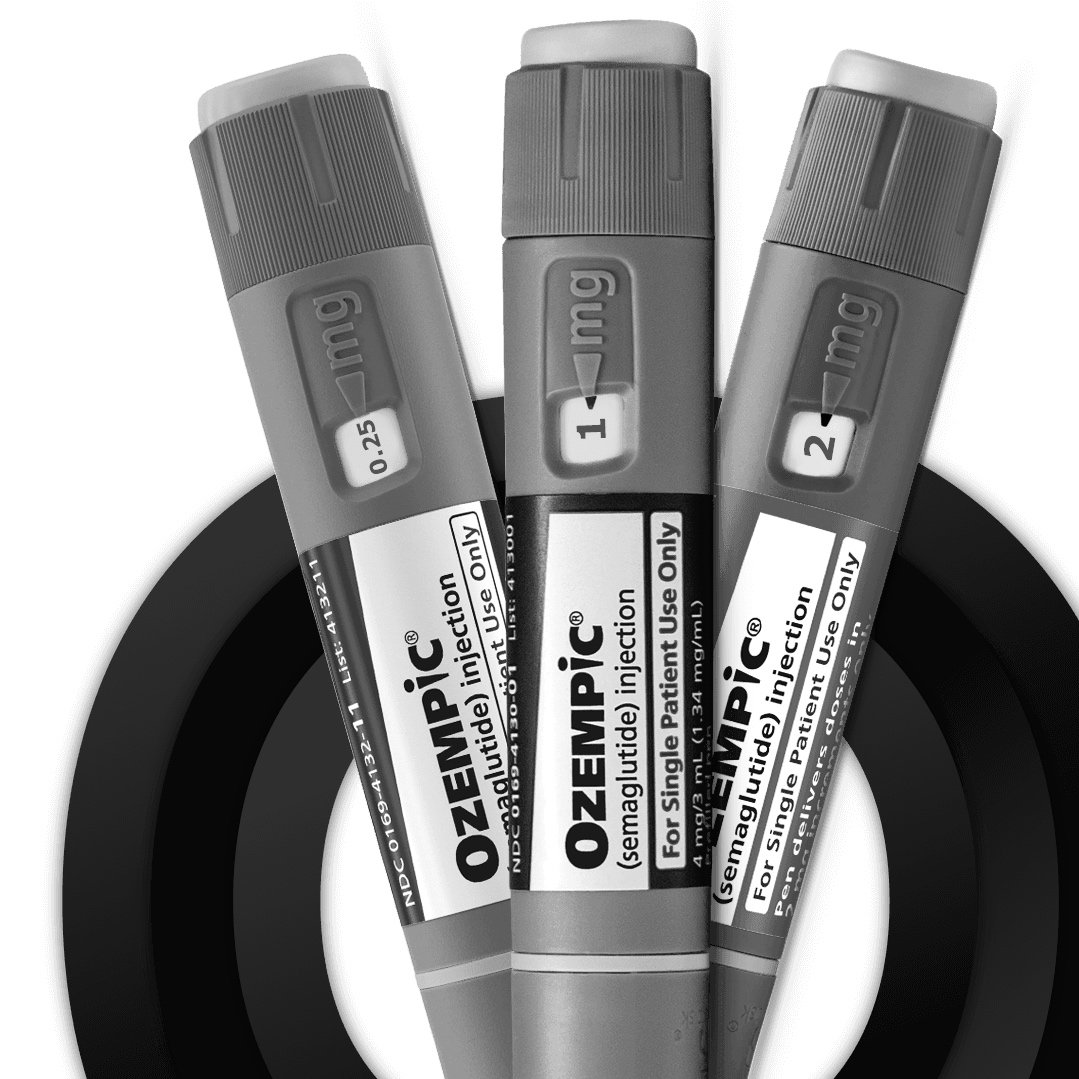
What you need to know about Ozempic and Wegovy
For decades, massive industry has revolved around weight loss, (weight watchers, Herbalife, lighter life, Atkinson etc.) The search for the magic pill has included snake oil supplements, fad diets, bio-hacks, bro-science fat burners. Nothing has delivered real results until now. The magic pill is upon us and the fitness industry may change forever. This magic pill comes in the form of GLP-1 receptor agonists. The most popular form of that is currently semaglutide. AKA. Ozempic and Wegovy. It’s also available in oral form because the others are injectables right now. it’s called Rybelsus.
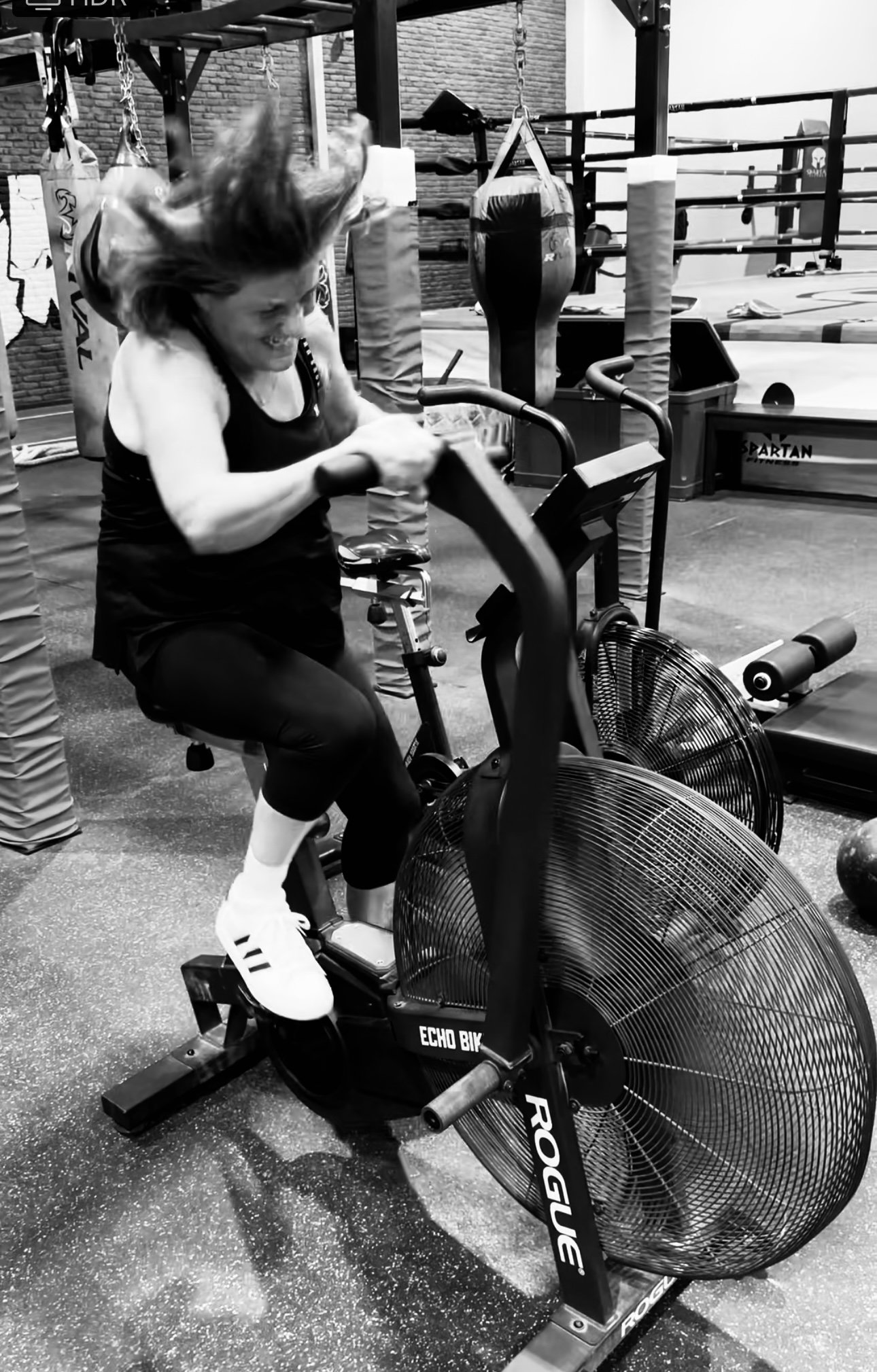
ASSAULT BIKE: AN EFFECTIVE AND BRUTAL WORKOUT
ASSAULT BIKE: AN EFFECTIVE AND BRUTAL WORKOUT
The assault bike (also known as a fan or air bike or fan bike) is an incredible head-to-toe workout that challenges your aerobic and anaerobic systems, simultaneously improving your endurance and strengthening your muscles.
The difference between the assault bike and a more traditional stationary bike is that the attached fan makes the resistance harder the faster you pedal. No one said a cardio machine needs a fancy screen to be effective.
The harder or faster you go, the harder it gets!
The exercise equipment targets your chest, back, arms, abdominals, obliques, and legs. It's also a true workout superstar for high-intensity interval training and Tabata workouts, making it a full-body exercise that torches calories. In fact, if you're looking for a fat-burning HIIT workout to help with weight loss, the assault bike is the equipment for the job.
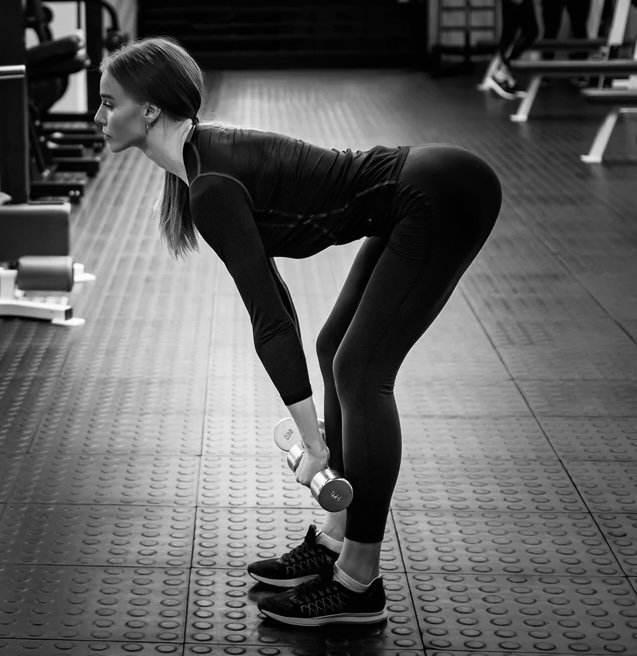
Romanian Deadlift & Stiff-Leg Deadlift
The Romanian deadlift and the stiff-leg deadlift are both muscle-building versions of the deadlift. Either lift can help boost your strength and target different deadlift sticking points. While both of these deadlift variations can help you bust through a lifting plateau, the Romanian and stiff-leg deadlift are different lifts.
The stiff leg deadlift starts from the floor and is initiated from a dead stop position.
The Romanian deadlift starts from the hip and is only lowered to just below the knee to maximize hamstring development.
Both movements are used to target lower back strength, teach and reinforce a firm hip hinge position, and increase loading to the glutes and hamstrings.
Differences Between the Romanian and Stiff-Leg Deadlift
Though both versions are undeniably a deadlift, the RDL and the stiff-leg versions have some pretty hefty differences between them. Principle among them is whether the weight plates actually touch the platform between reps — and that translates into a range of other differences.
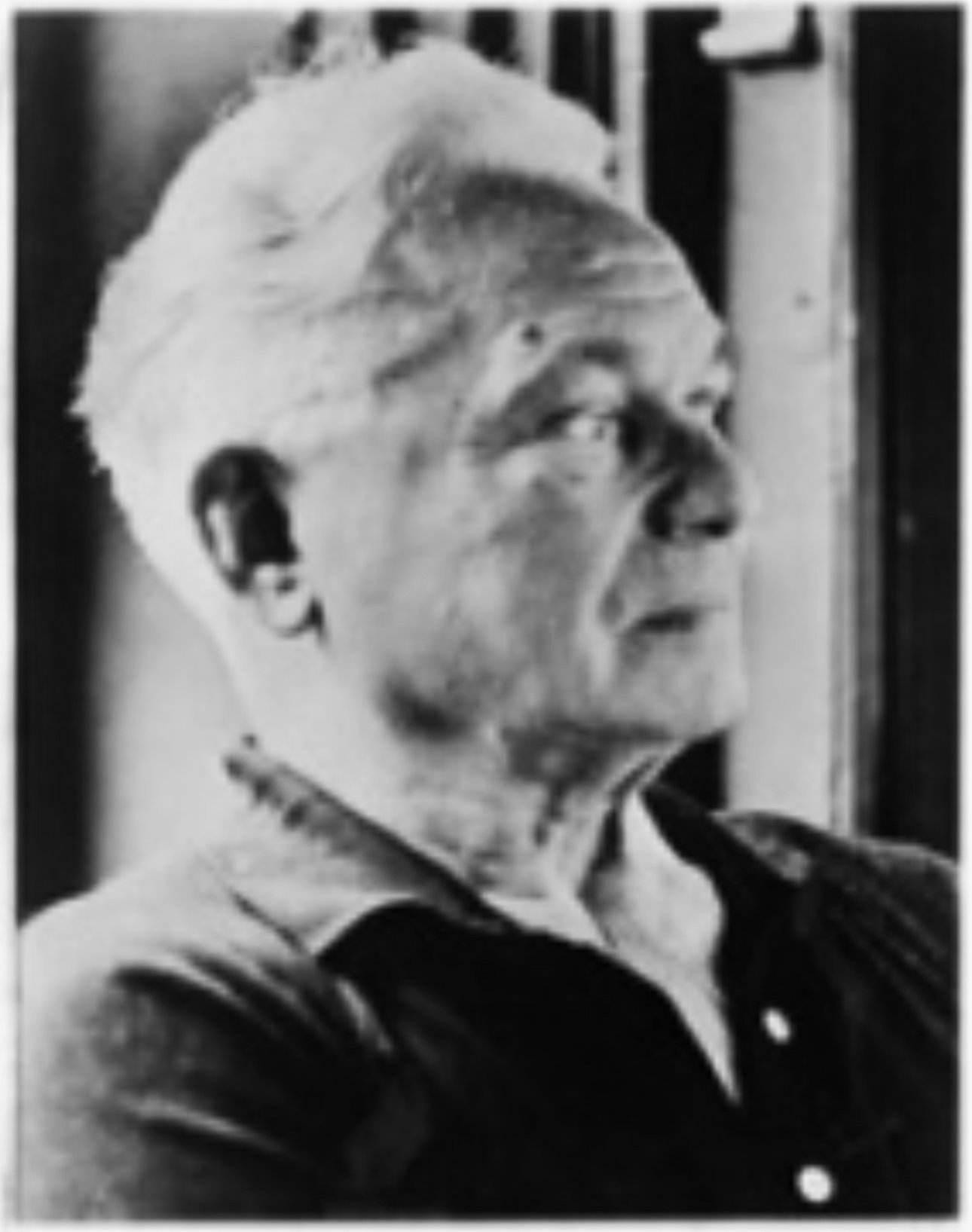
The Truth About Pilates
Joseph Pilates was born in Germany in 1883. He appears to have been a frail child suffering from asthma, rickets and rheumatic fever. In 1912 while working as an orderly in a hospital on the Isle of Man he started to help the patients who were unable to walk by attaching bed springs to the beds to help support the patients' limbs.
In the early 1920s Joseph Pilates emigrated to the USA with his wife Clara, and together they developed and taught the method in their 'body-conditioning gym' in New York in 1926. By the late 30s, New York City had become a mecca for dancers. During this era, Pilates developed a reputation for his ability to “fix” dancers’ injuries. Many dancers, including luminaries such as George Balanchine, Martha Graham, and Hanya Holm, studied with “Uncle Joe” and referred injured colleagues to him.
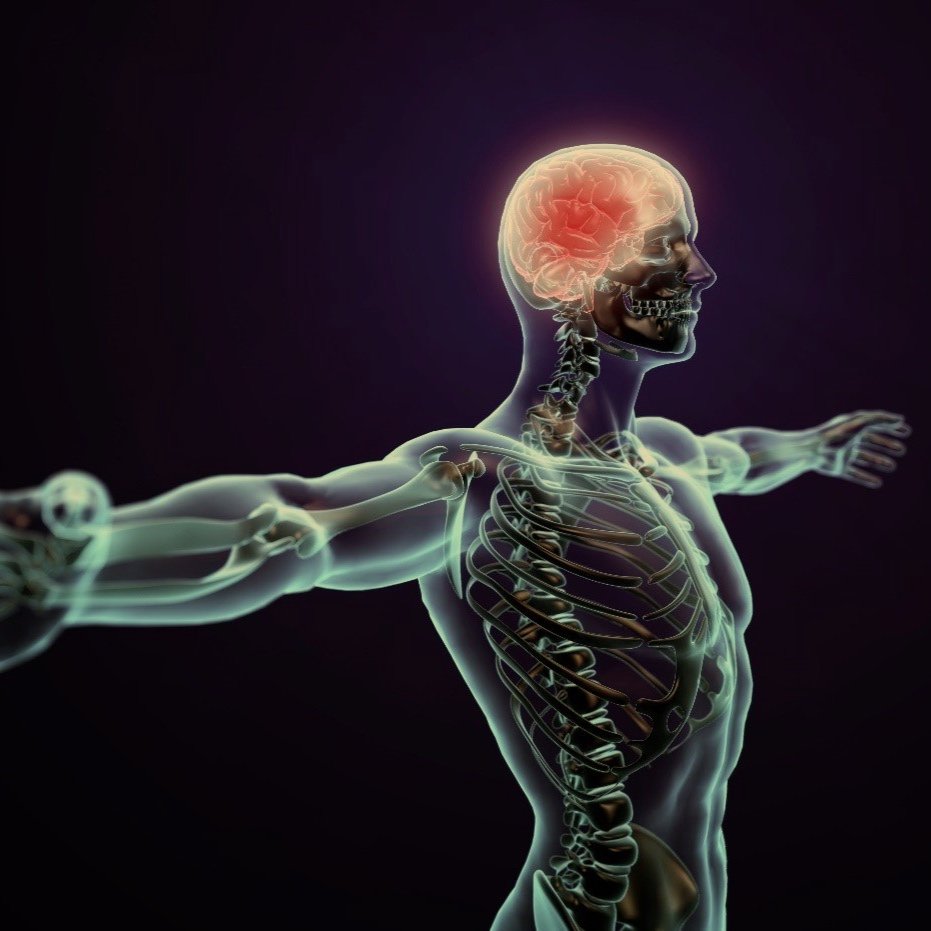
Healthspan Part 6: The Central Nervous System and Exercise: Enhancing Neurological Health for a Longer Healthspan
Neurological disorders are a significant and growing global health concern. In the United States alone, they are projected to cost over $16 trillion by 2030, creating a substantial burden on both individuals and healthcare systems. Conditions such as Alzheimer’s disease, dementia, Parkinson’s disease, multiple sclerosis, and epilepsy are particularly debilitating, especially as they often worsen with age, dramatically reducing quality of life and healthspan. However, an increasing body of evidence suggests that one of the most powerful interventions for both mitigating and preventing cognitive decline is regular exercise.
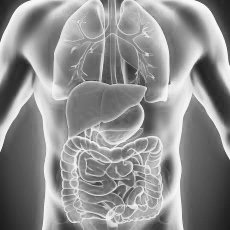
Healthspan Part 7: Non-Alcoholic Fatty Liver Disease (NAFLD) and Exercise: Exploring the Path to Improved Healthspan
Non-alcoholic fatty liver disease (NAFLD) is a chronic liver condition characterized by the accumulation of fatty acids in the liver, independent of alcohol consumption. This disease has become increasingly prevalent worldwide, encompassing a spectrum of conditions that range from simple hepatic steatosis (fatty liver) to more severe forms, such as non-alcoholic steatohepatitis (NASH), fibrosis, and cirrhosis. If left unchecked, NAFLD can eventually progress to liver failure, significantly compromising healthspan and placing a substantial burden on both individuals and healthcare systems.
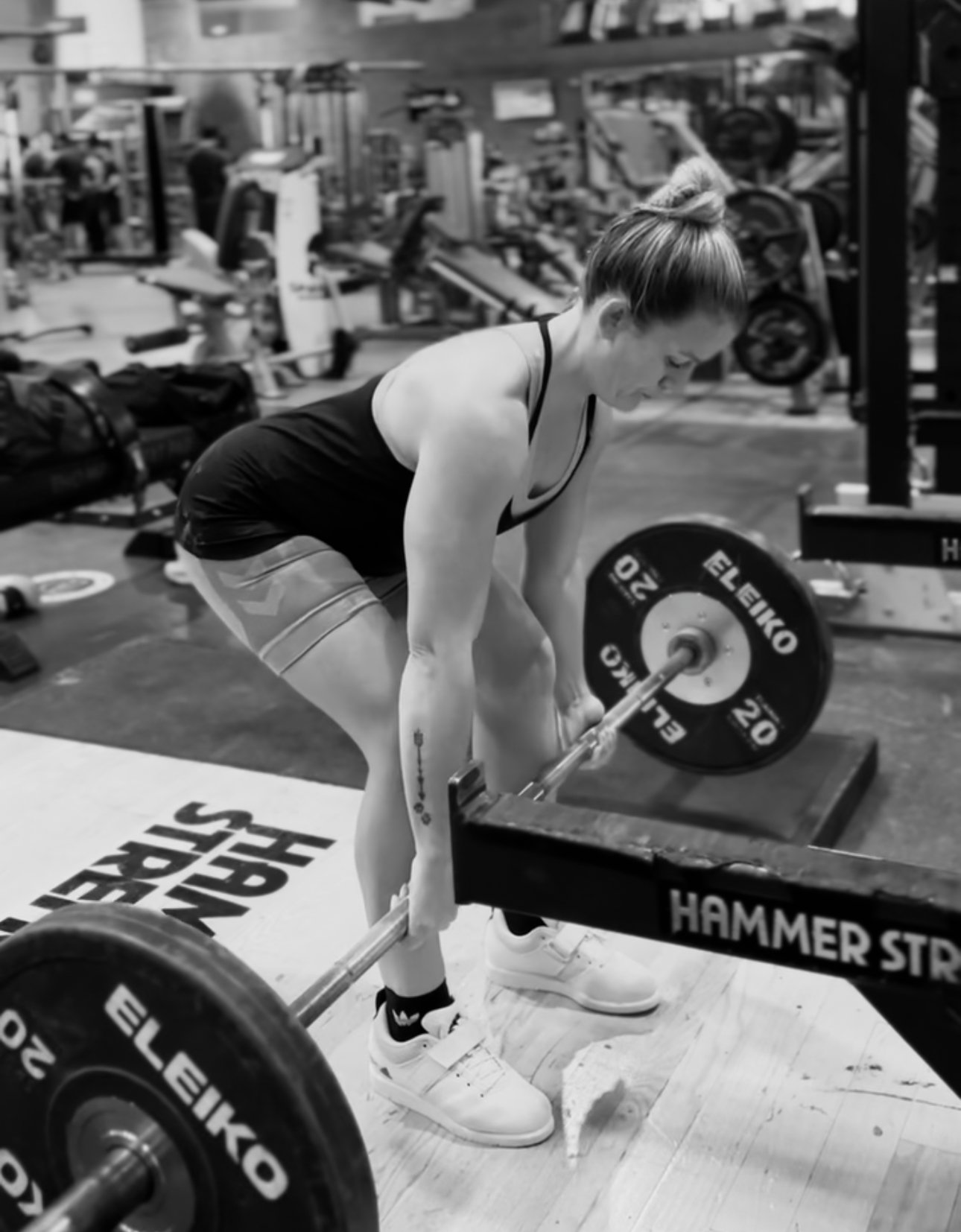
Pause Deadlift Technique & Programming
One of the best deadlift variations is the pause deadlift. It is the single most effective exercise to build a stronger bottom position and emphasise driving off the floor from the legs first. The pause deadlift is a staple in all of my athletes’ training.
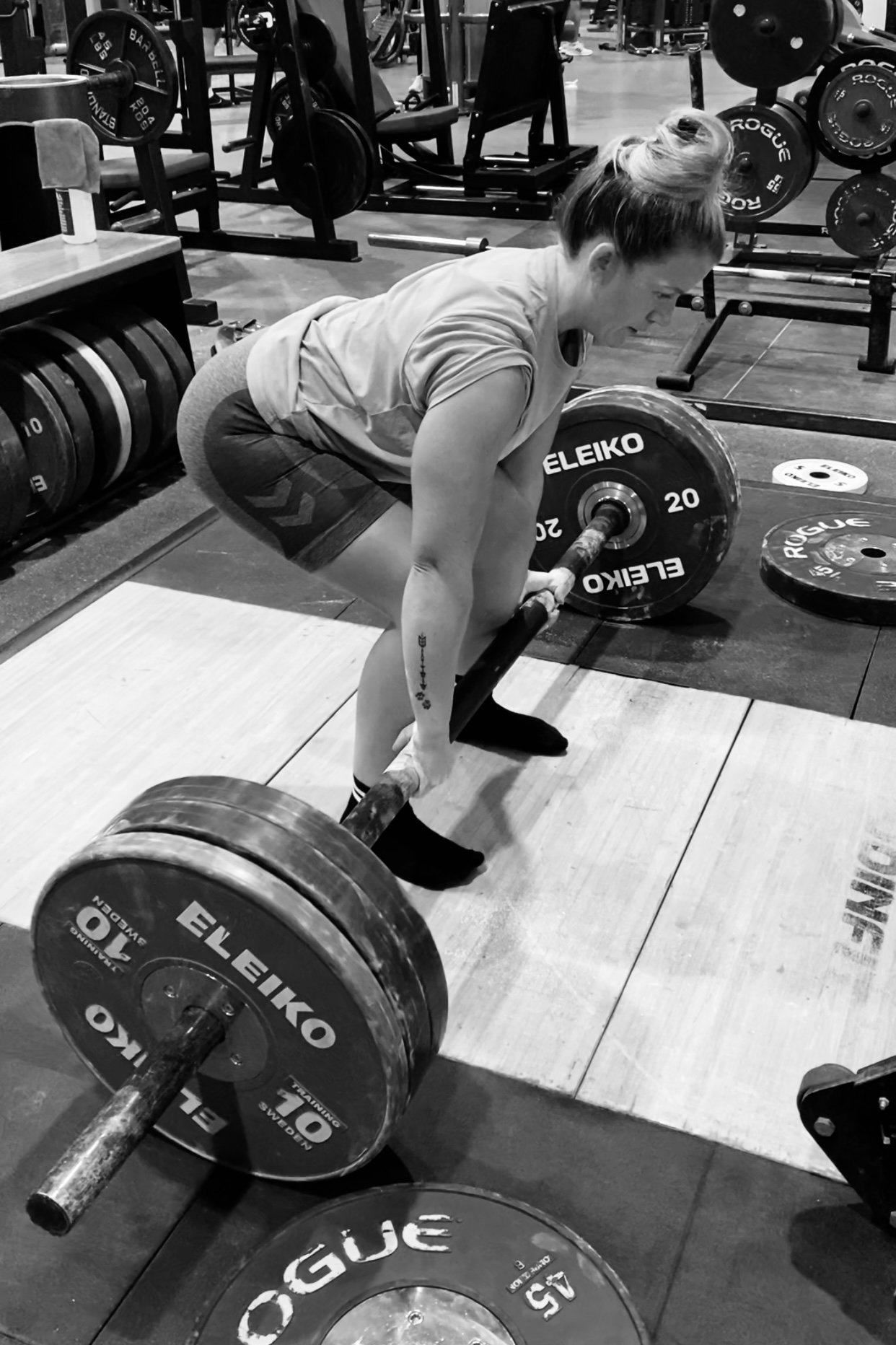
Benefits of Doing Pause Deadlifts
How pause deadlifts can help and why you should even implement a pause deadlift into your training routine.
Well, here are some concrete benefits that you’ll get from pause deadlifting:
1: It reinforces the angles for your torso and shoulders
The angle of your torso and shoulders is important if you want to use your mechanics to leverage the movement more effectively. If you struggle with keeping your shoulders over the barbell, or your hips rise too fast out of the bottom position, the paused deadlift can help reinforce where your torso and shoulders should be within the range of motion. I like to implement paused deadlifts for beginners in order to teach them what it feels like to have their torso and shoulders in the correct position.
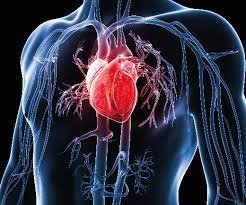
Heart Rate Variability (HRV)?
Heart Rate Variability (HRV)?
Heart rate variability (HRV) measures the variance in time between your heartbeats while you are asleep. It is a great indicator of how well your body can adapt to its environment and perform. In general, a higher HRV signals better fitness.
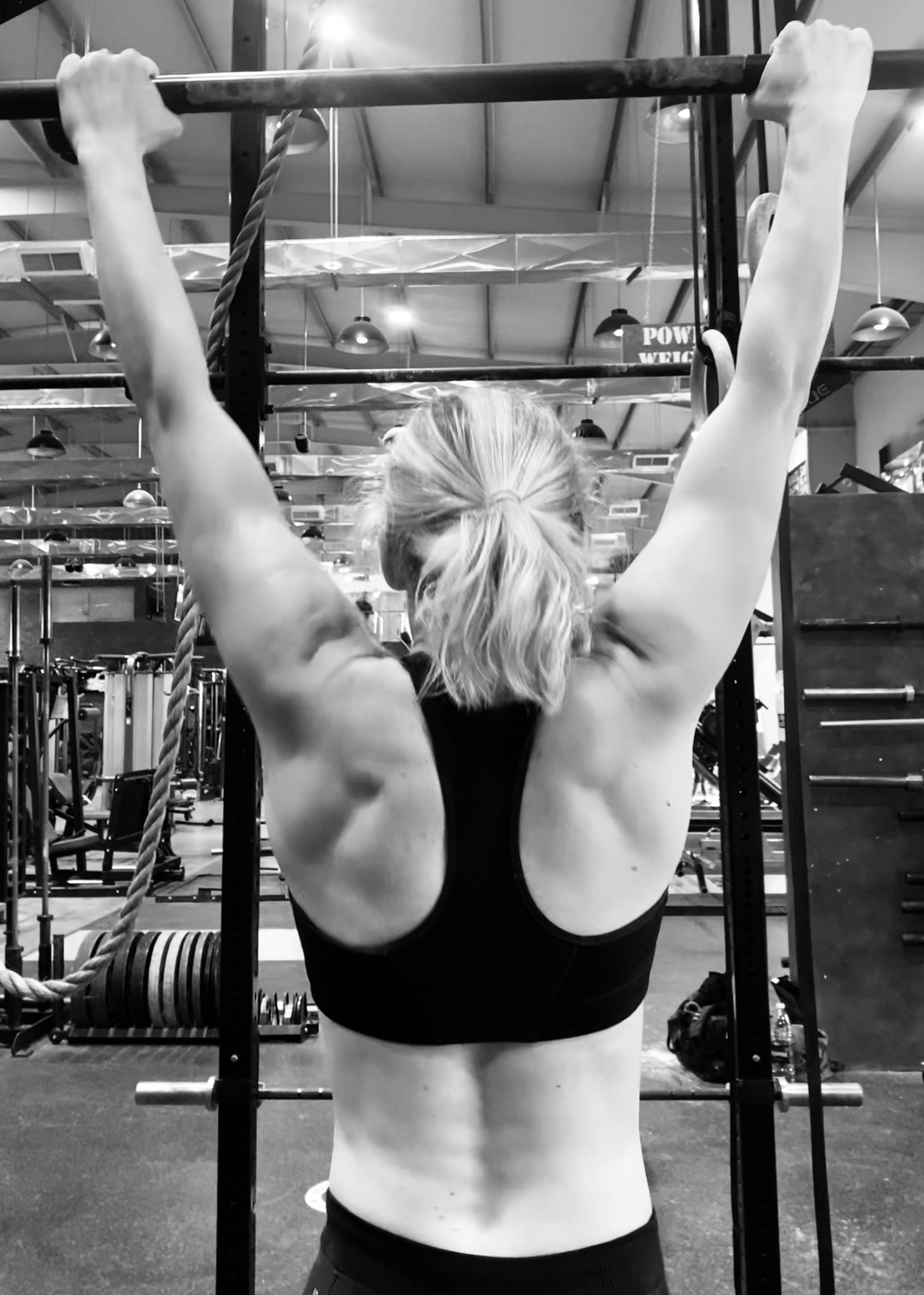
Brachiating. A.K.A: The Dead Hang
Benefits of the Dead Hang for Rehabilitation
According to Dr. Kirsch, the hang is good for people with shoulder impingement and even rotator cuff injuries. Here’s why:
Apart from stretching the brachial arteries, the hang also stretches and strengthens the supraspinatus tendon. This is the tendon that’s mainly responsible for shoulder strength, mobility, and endurance.
Athletes with shoulder impingement syndrome suffer from painful entrapment of soft tissue whenever they elevate the arm. The pathological mechanism is a structural narrowing in the subacromial space. When you raise your arms forward, the supraspinatus tendon gets pinched between the coracoacromial arch and the humeral head and greater tuberosity of the humerus. That’s where the pinching sensation comes from when you try to raise an injured or compromised shoulder.
When the arms are raised straight up as in the dead hang, the humerus presses into the acromion (a bony extension of the shoulder blade). This gives the tendon room to move and stretch without getting pinched. This allows you to exercise, stretch, and reshape this tendon and the surrounding muscles and bones improving mobility while reducing pain
The more you do the dead hang or brachiating, the better and stronger your shoulders will be. It opens up the shoulder muscles and increases their range of motion. This means you can now flex your shoulders across a larger radius, without it feeling like a struggle.
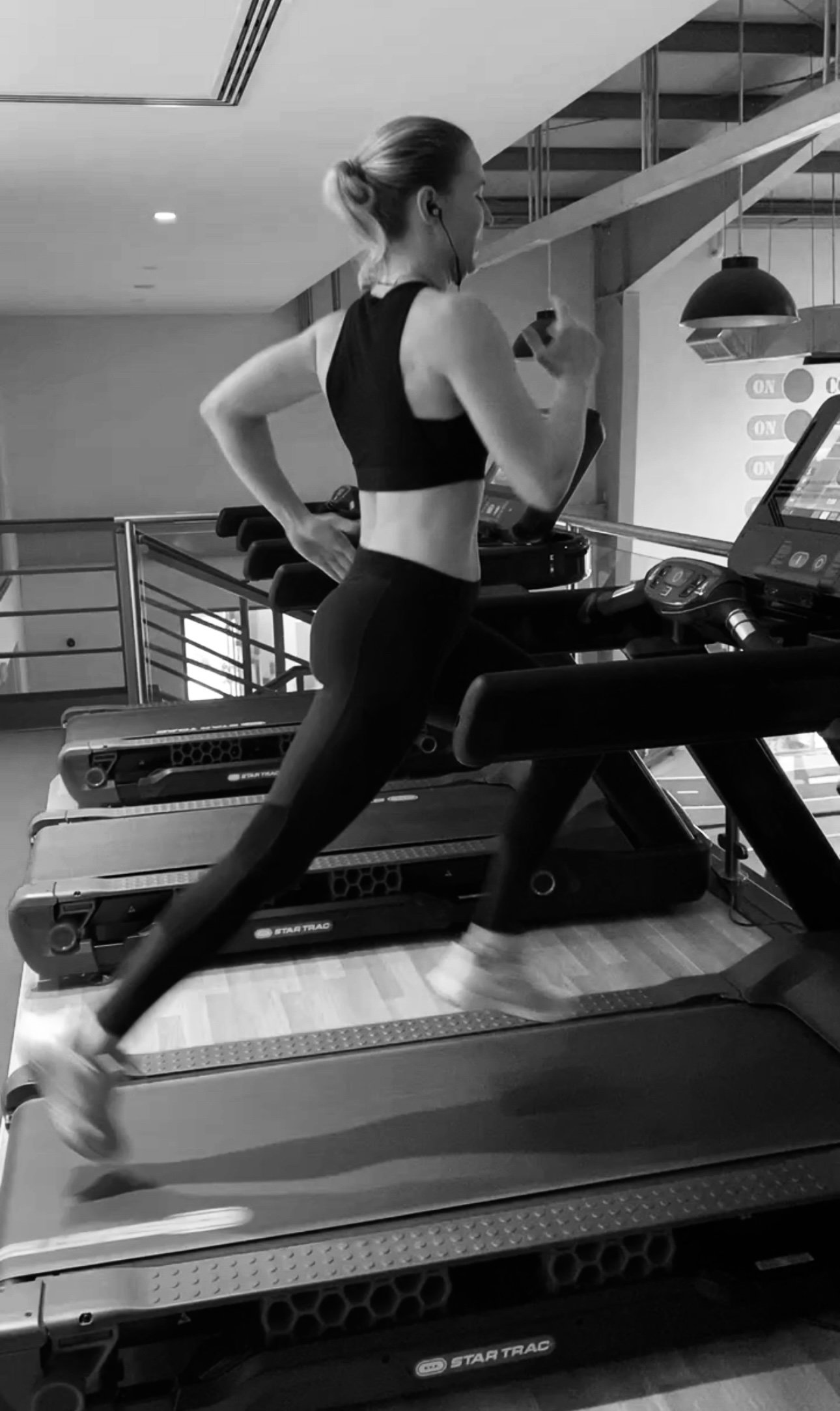
Performance Preparation - R.A.M.P
Time is valuable in the gym! The truth is…. you don’t need to spend 40 min foam rolling, stretching, trigger pointing and doing specific glute activation drill. A dynamic and comprehensive warm up can be complete in under 5 minute. It’s more valuable to use your time effective and optimally to train.
The aim of the warm-up is to prepare both mentally and physically for exercise or competition.21 Without the development of undue fatigue.
An important starting point in examining the optimal protocol of a warm up is to examine the rationale behind why we warm-up. A well designed warm-up can:
Increase muscle temperature
Core temperature, blood flow26, and
Disrupt transient connective tissue bonds.13
These effects can have the following positive effects on performance:
Faster muscle contraction and relaxation of both agonist and antagonist muscles.21
Improvements in rate of force development and reaction time.1
Improvements in muscle strength and power.5,13
Lowered viscous resistance in muscles.13
Improved oxygen delivery due to the Bohr effect where higher temperatures facilitate oxygen release from haemoglobin and myoglobin.26
Increased blood flow to active muscles.26
Enhanced metabolic reactions.13
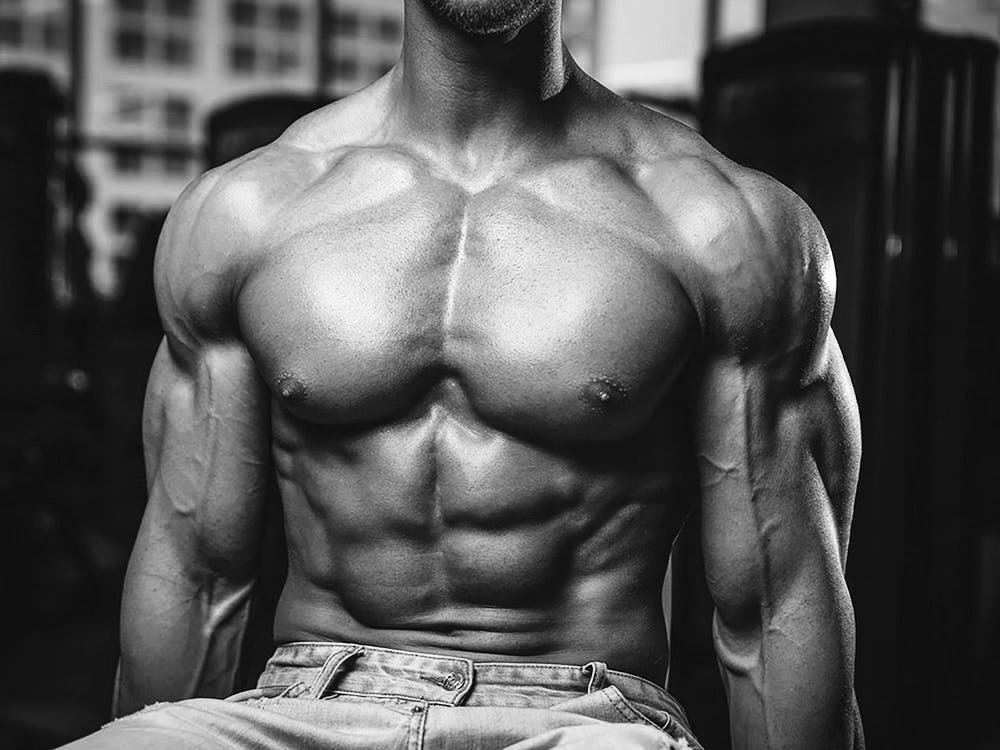
Is It Possible To Change The Shape Of Your Muscles?
By performing certain exercises or by varying the angle at which you train certain muscle, Is it possible to change the shape of your muscles? The purpose of this Blog is to explain one of the most misunderstood subjects in strength training and bodybuilding.
Can we “shape” our muscles with certain exercises?
One of the most misunderstood concepts in bodybuilding is the belief that there are some exercises that shape or define the muscle and others that bulk it up. Unfortunately, the shape or form of a muscle is genetically predetermined and cannot be altered for example, your height or the colour of your eyes. There’s no such a thing as “shaping exercises.” But that doesn’t mean that your physique is predetermined. as Arnold put it in Pumping Iron. You need to look at yourself the way an artist would and decide where do you need more or less “clay”,.
Just to give you an example, we usually consider bench press to be mass building exercise for the chest. On the other hand, cable flyes we usually see as a ‘shaping’ exercise. While performing either exercise, however, the pectorals simply contract and relax. So where does this notion come from?
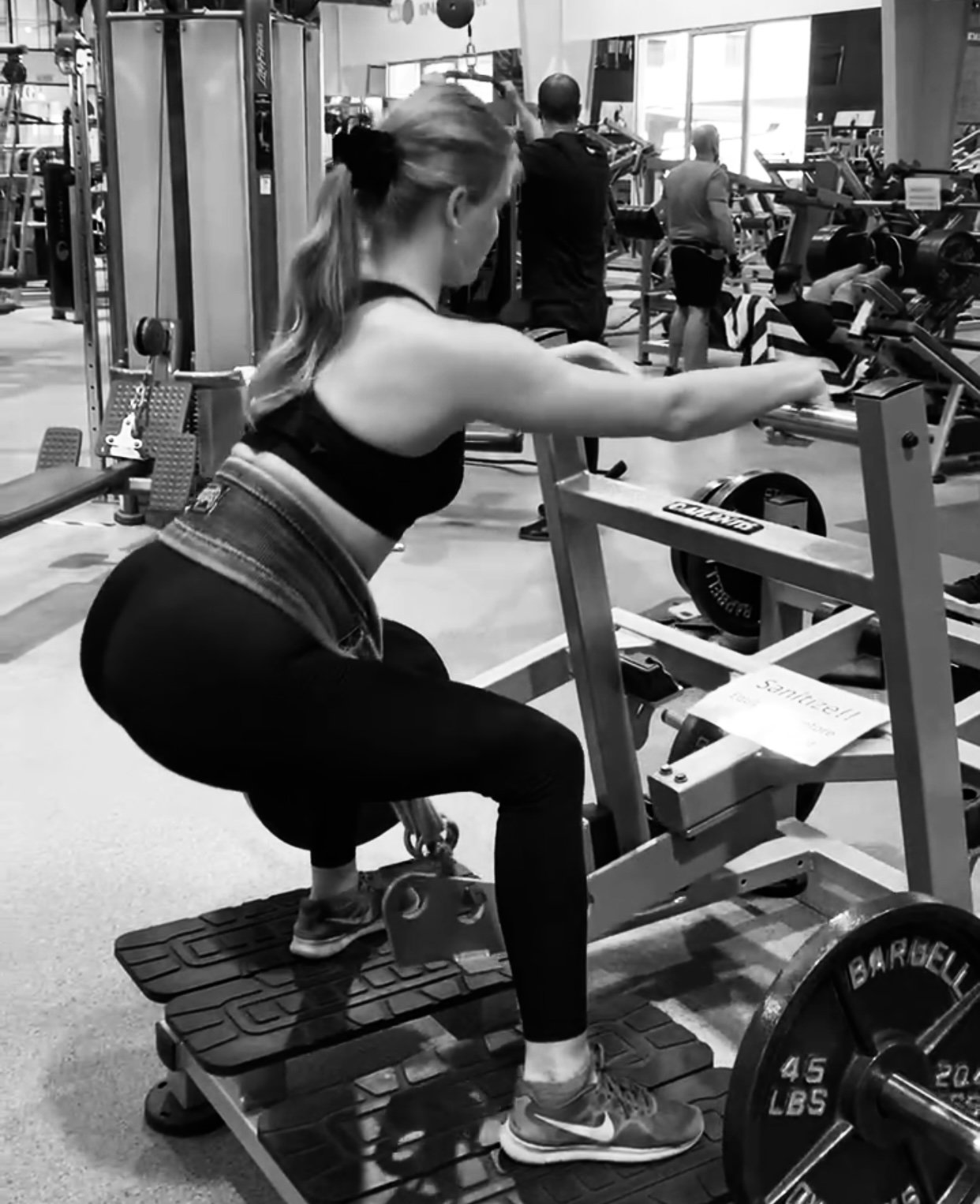
Belt Squat: Builds Legs, Saves Spines
Training legs with heavy barbells and plate-loaded machines can stress the lower back with compression forces and overload the tissue.. Those who suffer from lower back pain can struggle with this repeated compression and shear forces through the spine. For those with upper-body mobility issues or shoulder injuries can struggle with a bar on their back.
That’s usually where hip belt squats come in, but they feel awkward for a lot of lifters. Don’t worry, though; the right variation can help you build bigger and stronger legs while unloading your spine.
